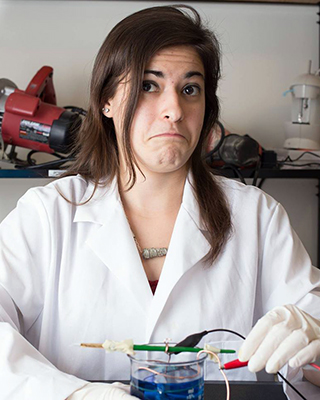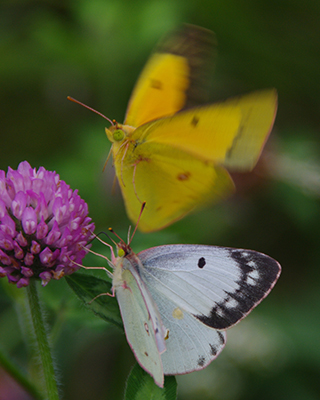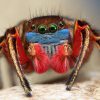I’m a Ph.D. candidate in the Morehouse lab studying the interaction between mate choice and color polymorphism, using butterflies as a study system. I am also broadly interested in communicating science to non-scientists, including government advocacy, public outreach, and education. I am interested in conducting education research to improve STEM education focusing on the university level. I completed my B.S. in Biological Sciences with a concentration in ecology, evolution, and behavior Binghamton University. In my spare time I create science-inspired artwork and rock climb.
2012-present, Ph.D. Biological Sciences, University of Pittsburgh, PA
2008-2012, B.S. Biological Sciences, Concentration in Ecology, Evolution and Beahvior, Minor in Binghamton Scholars, Certificate in Evolutionary Studies, SUNY Binghamton, NY




